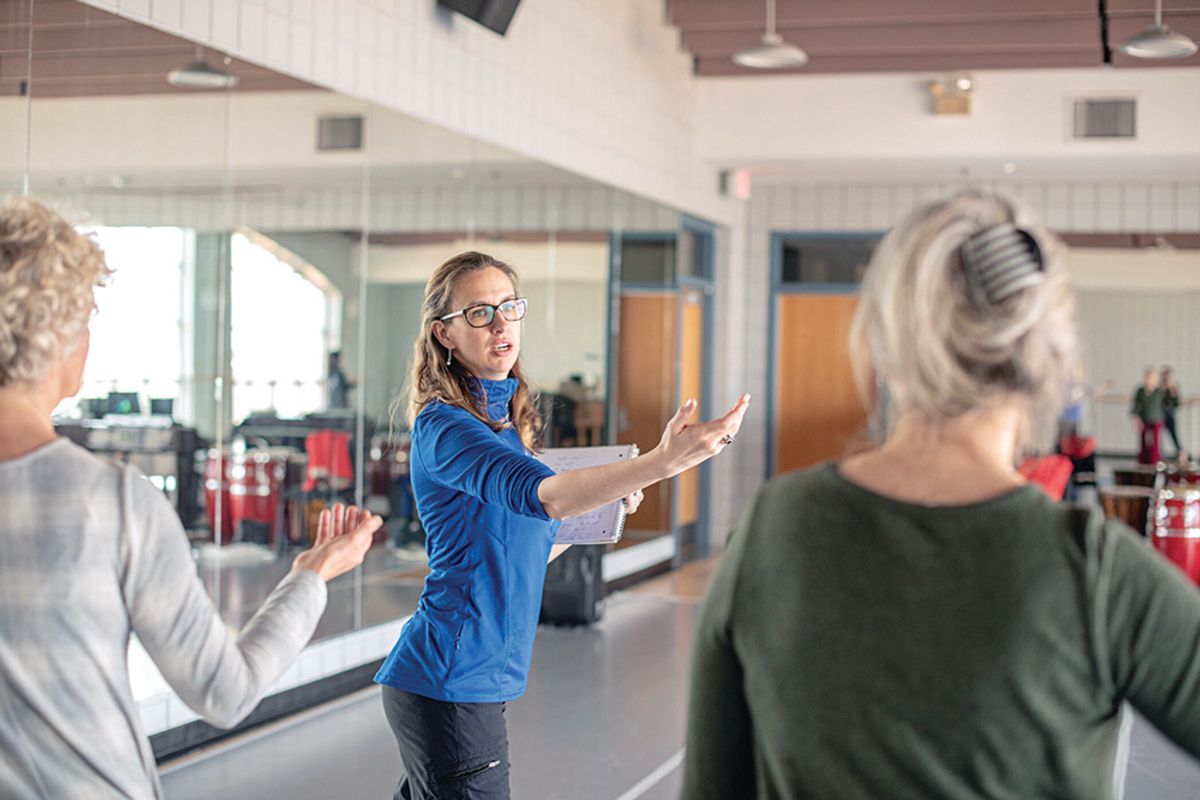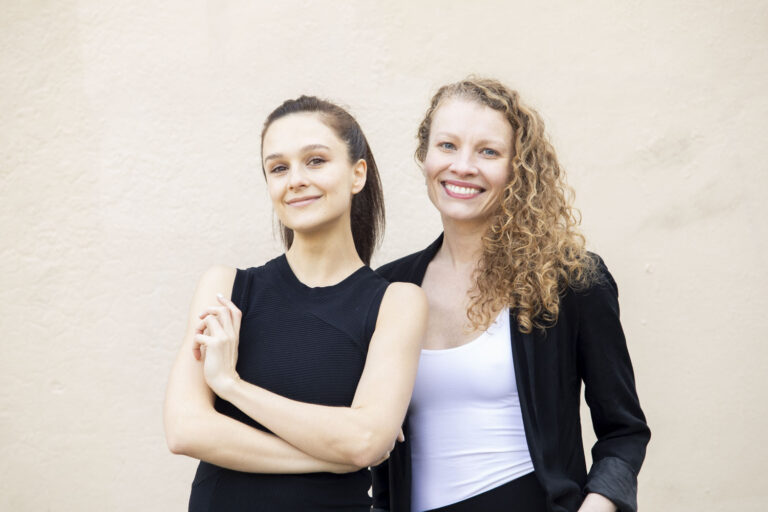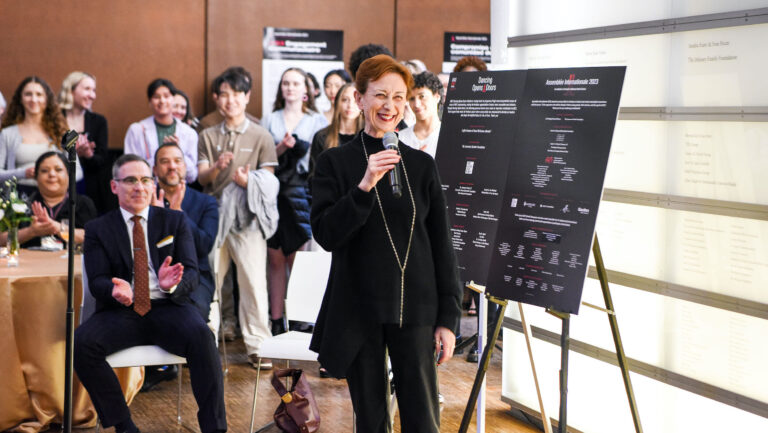
When Ilana Morgan earned her PhD from Texas Woman’s University in 2015, she was eager to serve her community of Denton, Texas. She crossed paths with the Denton County Juvenile Detention Center high school principal Anthony Sims and proposed to bring dance to the school’s detained youth. After a year and half of planning, that interest became reality.
Fast-forward almost four years and Morgan has become a vital participant in the Denton County Courage to Change Program (CTC), changing the lives of detained youth, ages 13 to 18, by giving them an opportunity to be creative, collaborative and autonomous in a restrictive setting. By meeting students where they are, offering them the chance to take risks and make choices, and fostering an accepting learning environment, Morgan helps her students build a sense of self-worth through dance.
An Atypical Dance Space
Walking into the center, it might be difficult to imagine it as a place for free expression and collaboration. Students wear identical uniforms. They have to walk in a line and keep their arms crossed. They aren’t allowed to talk without permission. They have to have their hair pulled back at all times and can’t even adjust their ponytails without permission. “Detention centers across the country vary in drastic ways, but this one is very restrictive,” says Morgan.
Most students at the center are there for 6 to 12 months for marijuana- or minor-theft-related charges. A handful get detained to escape trauma or abuse at home. Through CTC they receive schooling, housing, medical care, meals and counseling. Students take physical education and art classes, but Morgan’s arrival was the school’s first encounter with dance education. “In the Courage to Change Program, they’re really wanting students to envision themselves as successful people now and in the future,” says Morgan. “I think that’s something that dance can speak to.”
Creating Is Key
Morgan’s classes are composition-based with a dance technique warm-up. Once a week for 25 to 45 minutes, students do a short warm-up of their choice and then participate in individual and group choreographic assignments.
Morgan leads activities where students are challenged to generate movement from their feelings, memories or observations of objects, their environment or visual art works. In one activity, they made “power poems.” Morgan had students think about a proud moment that makes them feel powerful and then write a cinquain poem based on that memory. They then had to create short phrases based on the poems, teach them to one another and then put them together in a longer sequence.
“My main goal is that they have an experience in which who they are as a person is valued, particularly in a collaborative creative endeavor,” says Morgan. “I say creative endeavor, because one semester I had a student who didn’t want to dance. She wanted to sing, so we made room for that.”
A Teacher’s Trials
Encouraging choice-making in an environment where students have far fewer choices is a challenge. “They don’t have a lot of choices all day, and then all of a sudden here I am asking them, ‘What will you do?’ ‘What do you want?’ ‘What will you say?'” It can be confusing or even anxiety-provoking initially. Students are timid at first, but they eventually loosen up and enjoy themselves in her class.
The idea of being under surveillance at all times is another issue unique to these students. “When students feel that they are being watched by guards or cameras, how do I encourage them to take risks, fail or be silly in the moment?” At every class session, the P.E. teacher and at least one juvenile supervision officer are present in the gym where she teaches.
But perhaps the biggest challenge for Morgan as a dance teacher in this setting is the prohibition of any form of physical contact. “This is a no-touch facility. No one at any time can touch at all. It’s a big deal,” she says. “Figuring out how to teach dance and choreography—thinking about nearness and timing, but never ever touching—is a challenge.”
Fostering Positivity
Threaded throughout her dance curriculum are important lessons on respect, being open and accepting of others and using positive language. With each group of students, Morgan and her students create a class agreement based on these values. The students define what those look like when implemented and write their agreement on a large sheet of paper on the wall to be read at the start of each class.
Over the course of her two years teaching at the detention center, Morgan has seen the myriad ways that dance empowers this specific population. Students build self-esteem, confidence and positive relationships to others through creating together. “I have seen students stand taller and take risks in a way that they don’t at the beginning. They take risks in terms of their negotiation and collaboration skills, but also in the way that they’re embodying who they are as a person through movement.”




